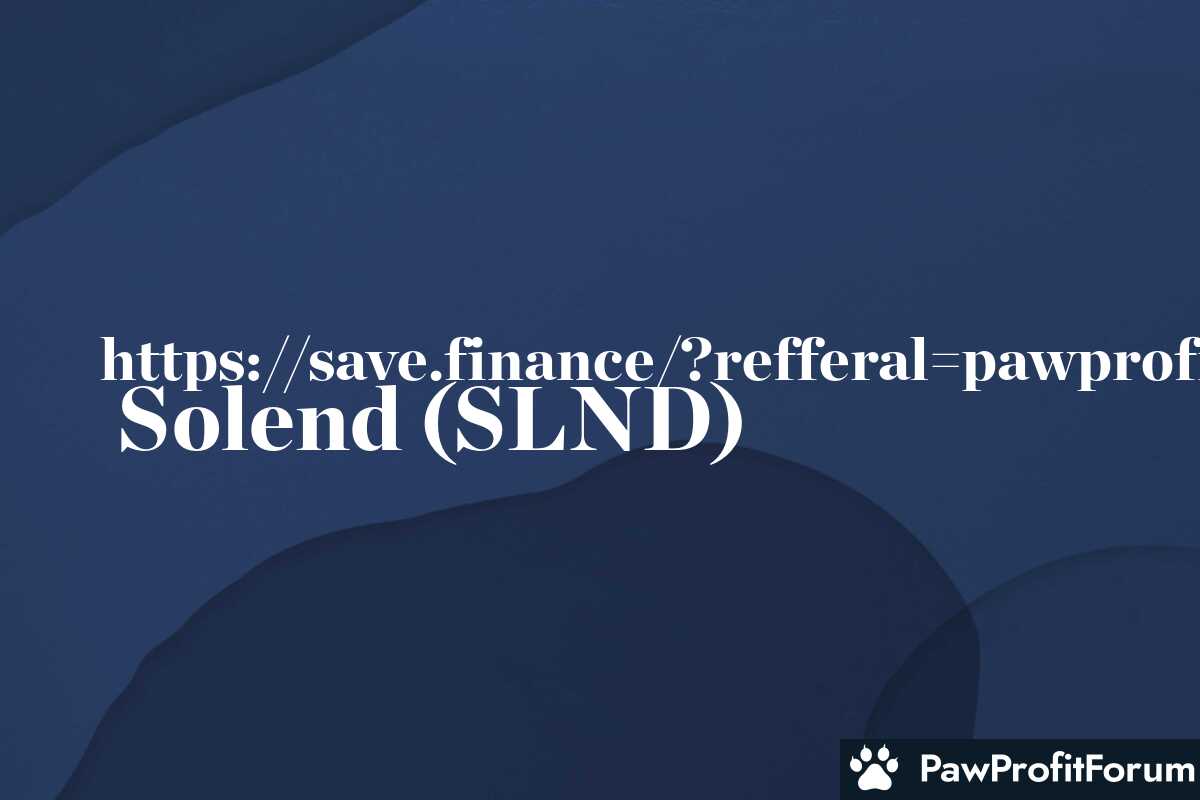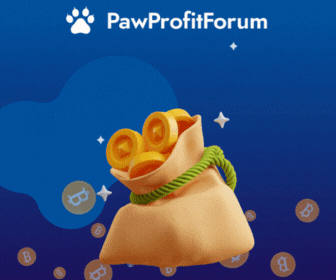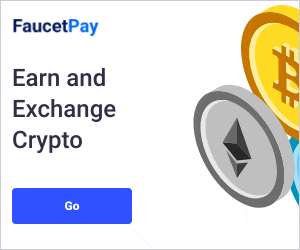Solend is the autonomous interest rate machine for lending on Solana.
At its core, Solend functions as an autonomous interest rate machine, dynamically adjusting rates based on supply and demand. This ensures optimal efficiency and fairness in the lending and borrowing process. Users can seamlessly lend their assets to earn interest or borrow against their holdings, leveraging their crypto assets without the need for traditional financial intermediaries.
The integration capabilities of Solend are noteworthy, allowing developers to build on top of its infrastructure with ease. This fosters a robust ecosystem of decentralized applications (dApps) that can leverage Solend's lending and borrowing functionalities. The protocol's architecture supports permissionless pools, enabling the creation of diverse lending markets tailored to specific needs.
Solend's focus on decentralization and algorithmic management sets it apart in the DeFi space. By operating on the Solana network, it benefits from high-speed transactions and low fees, making it an attractive option for users seeking efficient and cost-effective financial services.
The Solana blockchain itself employs a unique consensus mechanism called Proof of History (PoH), which timestamps transactions to ensure they are processed in the correct order. This mechanism, combined with Proof of Stake (PoS), allows Solana to achieve high transaction speeds and scalability. By using Solana, Solend benefits from these technological advancements, enabling faster and more cost-effective lending and borrowing operations.
Security is a critical aspect of any blockchain-based protocol, and Solend incorporates multiple layers of protection to safeguard against attacks. The Solana blockchain uses a combination of cryptographic techniques and decentralized validation to prevent tampering and ensure data integrity. Validators on the network are incentivized to act honestly through the PoS mechanism, where they stake their own tokens as collateral. If they act maliciously, they risk losing their staked tokens, which deters bad actors from attempting to compromise the network.
Solend's algorithmic approach to lending and borrowing involves the use of smart contracts, which are self-executing contracts with the terms of the agreement directly written into code. These smart contracts automate the process of matching lenders and borrowers, calculating interest rates, and managing collateral. This automation reduces the need for intermediaries, lowering costs and increasing efficiency.
The team behind Solend has a strong background in decentralized finance (DeFi) and blockchain technology, which is evident in their innovative approach to lending. They have recently expanded their reach with the launch of Suilend, which utilizes the Move programming language. Move is designed to provide additional security and flexibility, further enhancing the capabilities of the Solend platform.
In addition to its core lending and borrowing functionalities, Solend also integrates with other DeFi protocols and services on the Solana blockchain. This interoperability allows users to leverage a wide range of financial products and services, creating a more comprehensive and versatile ecosystem. For example, users can participate in liquidity mining, yield farming, and other DeFi activities, all while using Solend as their primary lending platform.
The autonomous interest rate machine within Solend dynamically adjusts interest rates based on supply and demand, ensuring that rates remain competitive and reflective of market conditions. This dynamic adjustment mechanism helps maintain the stability and attractiveness of the platform for both lenders and borrowers.
Solend's use of Rust and TypeScript ensures that the platform is built on a solid technical foundation. Rust is known for its memory safety and performance, making it well-suited for building high-performance blockchain applications. TypeScript, on the other hand, offers strong typing and scalability, which are essential for developing complex decentralized applications (dApps).
The integration of advanced algorithms and smart contracts, combined with the robust infrastructure provided by the Solana blockchain, positions Solend as a leading player in the DeFi space. The platform's focus on security, efficiency, and interoperability makes it a compelling choice for users looking to participate in decentralized lending and borrowing activities.
One of the primary applications of Solend is lending and borrowing. Users can lend their assets to earn interest or borrow assets by providing collateral. This system allows individuals to access liquidity without selling their holdings, which can be particularly useful in volatile markets.
Solend also supports leveraging and shorting. Leveraging allows users to borrow additional funds to increase their investment exposure, while shorting enables them to profit from declining asset prices. These features provide sophisticated financial tools that were traditionally available only in conventional finance.
Another significant application is the permissionless pool feature. This allows anyone to list a new token in an isolated pool, fostering innovation and enabling the creation of new financial products. This feature is particularly beneficial for developers and entrepreneurs looking to introduce new tokens without the need for centralized approval.
Solend integrates with Switchboard v2, a decentralized oracle network. This integration allows for the creation of custom oracles, which are essential for feeding real-world data into smart contracts. Oracles play a crucial role in ensuring the accuracy and reliability of data used in decentralized applications (dApps).
The platform also emphasizes security, providing a robust environment for users to interact with DeFi applications. This focus on security helps build trust and encourages more users to participate in the ecosystem.
Solend's developer-friendly platform supports various integrations, making it easier for developers to build and deploy dApps. This capability extends its utility beyond just lending and borrowing, enabling applications in NFTs, gaming, and other decentralized applications.
These diverse applications make Solend a key player in the DeFi space, offering tools and features that cater to a wide range of financial needs and innovations.
The launch of Solend marked a significant milestone, introducing a new way for users to engage in decentralized finance on the Solana blockchain. This event set the stage for Solend's role in improving blockchain scalability and expanding its reach beyond Solana.
Following the launch, Solend released its developer portal, providing essential resources and tools for developers to build on the platform. This move was crucial in fostering a robust ecosystem around Solend, encouraging innovation and the creation of new financial products.
Another key development was the creation of the Switchboard oracle. This oracle plays a vital role in Solend's infrastructure, ensuring accurate and reliable data feeds for the protocol's operations. The Switchboard oracle's integration enhanced the platform's functionality, making it more efficient and trustworthy for users.
Solend's partnerships with other blockchain platforms have also been noteworthy. These collaborations have helped Solend expand its influence and capabilities, integrating with various ecosystems to offer more comprehensive services to its users.
Throughout its evolution, Solend has consistently aimed to improve blockchain scalability. By leveraging the high-speed and low-cost transactions of the Solana blockchain, Solend has positioned itself as a significant player in the decentralized finance space, offering competitive interest rates and efficient lending and borrowing processes.
These key events highlight Solend's commitment to innovation and growth within the decentralized finance sector, continually enhancing its platform to better serve its users and the broader blockchain community.
What is Solend?
Solend, an algorithmic, decentralized protocol, revolutionizes lending and borrowing on the Solana blockchain. With its native token SLND, Solend offers users the ability to earn interest on their crypto assets while providing liquidity to the market. This protocol is designed with a strong emphasis on developer friendliness, featuring a public monorepo and a GitHub repository that invites collaboration and innovation.At its core, Solend functions as an autonomous interest rate machine, dynamically adjusting rates based on supply and demand. This ensures optimal efficiency and fairness in the lending and borrowing process. Users can seamlessly lend their assets to earn interest or borrow against their holdings, leveraging their crypto assets without the need for traditional financial intermediaries.
The integration capabilities of Solend are noteworthy, allowing developers to build on top of its infrastructure with ease. This fosters a robust ecosystem of decentralized applications (dApps) that can leverage Solend's lending and borrowing functionalities. The protocol's architecture supports permissionless pools, enabling the creation of diverse lending markets tailored to specific needs.
Solend's focus on decentralization and algorithmic management sets it apart in the DeFi space. By operating on the Solana network, it benefits from high-speed transactions and low fees, making it an attractive option for users seeking efficient and cost-effective financial services.
What is the technology behind Solend?
Solend (SLND) is an algorithmic, decentralized protocol for lending and borrowing, built on the Solana blockchain. Solana is known for its high throughput and low transaction costs, making it an ideal foundation for a lending platform like Solend. The technology behind Solend leverages Rust and TypeScript, two programming languages that are known for their performance and reliability.The Solana blockchain itself employs a unique consensus mechanism called Proof of History (PoH), which timestamps transactions to ensure they are processed in the correct order. This mechanism, combined with Proof of Stake (PoS), allows Solana to achieve high transaction speeds and scalability. By using Solana, Solend benefits from these technological advancements, enabling faster and more cost-effective lending and borrowing operations.
Security is a critical aspect of any blockchain-based protocol, and Solend incorporates multiple layers of protection to safeguard against attacks. The Solana blockchain uses a combination of cryptographic techniques and decentralized validation to prevent tampering and ensure data integrity. Validators on the network are incentivized to act honestly through the PoS mechanism, where they stake their own tokens as collateral. If they act maliciously, they risk losing their staked tokens, which deters bad actors from attempting to compromise the network.
Solend's algorithmic approach to lending and borrowing involves the use of smart contracts, which are self-executing contracts with the terms of the agreement directly written into code. These smart contracts automate the process of matching lenders and borrowers, calculating interest rates, and managing collateral. This automation reduces the need for intermediaries, lowering costs and increasing efficiency.
The team behind Solend has a strong background in decentralized finance (DeFi) and blockchain technology, which is evident in their innovative approach to lending. They have recently expanded their reach with the launch of Suilend, which utilizes the Move programming language. Move is designed to provide additional security and flexibility, further enhancing the capabilities of the Solend platform.
In addition to its core lending and borrowing functionalities, Solend also integrates with other DeFi protocols and services on the Solana blockchain. This interoperability allows users to leverage a wide range of financial products and services, creating a more comprehensive and versatile ecosystem. For example, users can participate in liquidity mining, yield farming, and other DeFi activities, all while using Solend as their primary lending platform.
The autonomous interest rate machine within Solend dynamically adjusts interest rates based on supply and demand, ensuring that rates remain competitive and reflective of market conditions. This dynamic adjustment mechanism helps maintain the stability and attractiveness of the platform for both lenders and borrowers.
Solend's use of Rust and TypeScript ensures that the platform is built on a solid technical foundation. Rust is known for its memory safety and performance, making it well-suited for building high-performance blockchain applications. TypeScript, on the other hand, offers strong typing and scalability, which are essential for developing complex decentralized applications (dApps).
The integration of advanced algorithms and smart contracts, combined with the robust infrastructure provided by the Solana blockchain, positions Solend as a leading player in the DeFi space. The platform's focus on security, efficiency, and interoperability makes it a compelling choice for users looking to participate in decentralized lending and borrowing activities.
What are the real-world applications of Solend?
Solend (SLND) is an autonomous interest rate machine designed for lending on the Solana blockchain. It offers a range of real-world applications that make it a versatile tool in the decentralized finance (DeFi) ecosystem.One of the primary applications of Solend is lending and borrowing. Users can lend their assets to earn interest or borrow assets by providing collateral. This system allows individuals to access liquidity without selling their holdings, which can be particularly useful in volatile markets.
Solend also supports leveraging and shorting. Leveraging allows users to borrow additional funds to increase their investment exposure, while shorting enables them to profit from declining asset prices. These features provide sophisticated financial tools that were traditionally available only in conventional finance.
Another significant application is the permissionless pool feature. This allows anyone to list a new token in an isolated pool, fostering innovation and enabling the creation of new financial products. This feature is particularly beneficial for developers and entrepreneurs looking to introduce new tokens without the need for centralized approval.
Solend integrates with Switchboard v2, a decentralized oracle network. This integration allows for the creation of custom oracles, which are essential for feeding real-world data into smart contracts. Oracles play a crucial role in ensuring the accuracy and reliability of data used in decentralized applications (dApps).
The platform also emphasizes security, providing a robust environment for users to interact with DeFi applications. This focus on security helps build trust and encourages more users to participate in the ecosystem.
Solend's developer-friendly platform supports various integrations, making it easier for developers to build and deploy dApps. This capability extends its utility beyond just lending and borrowing, enabling applications in NFTs, gaming, and other decentralized applications.
These diverse applications make Solend a key player in the DeFi space, offering tools and features that cater to a wide range of financial needs and innovations.
What key events have there been for Solend?
Solend, a decentralized finance protocol, facilitates lending and borrowing on the Solana blockchain. Known as the autonomous interest rate machine for lending on Solana, Solend has seen several pivotal moments shaping its journey.The launch of Solend marked a significant milestone, introducing a new way for users to engage in decentralized finance on the Solana blockchain. This event set the stage for Solend's role in improving blockchain scalability and expanding its reach beyond Solana.
Following the launch, Solend released its developer portal, providing essential resources and tools for developers to build on the platform. This move was crucial in fostering a robust ecosystem around Solend, encouraging innovation and the creation of new financial products.
Another key development was the creation of the Switchboard oracle. This oracle plays a vital role in Solend's infrastructure, ensuring accurate and reliable data feeds for the protocol's operations. The Switchboard oracle's integration enhanced the platform's functionality, making it more efficient and trustworthy for users.
Solend's partnerships with other blockchain platforms have also been noteworthy. These collaborations have helped Solend expand its influence and capabilities, integrating with various ecosystems to offer more comprehensive services to its users.
Throughout its evolution, Solend has consistently aimed to improve blockchain scalability. By leveraging the high-speed and low-cost transactions of the Solana blockchain, Solend has positioned itself as a significant player in the decentralized finance space, offering competitive interest rates and efficient lending and borrowing processes.
These key events highlight Solend's commitment to innovation and growth within the decentralized finance sector, continually enhancing its platform to better serve its users and the broader blockchain community.
Who are the founders of Solend?
Solend (SLND), an autonomous interest rate machine for lending on Solana, was founded by Rooter 0x and Liam 'Akiba' Wright in 2021. Their inspiration stemmed from discussions with the founders of Raydium and Orca, who highlighted the potential of the Solana platform. Rooter 0x and Wright leveraged these insights to create Solend, aiming to enhance decentralized finance on Solana. Their backgrounds and other projects remain less publicized, focusing attention on their contributions to Solend's development.| Website | save.finance/ |
| Website | docs.solend.fi/ |
| Socials | twitter.com/solendprotocol |
| Socials | reddit.com/r/solend |
| Socials | github.com/solendprotocol |
| Socials | discord.gg/solend |
| Contracts | SLNDpm...HGtPwp |
| Explorers | solscan.io/token/SLNDpmoWTVADgEdndyvWzroNL7zSi1dF9PC3xHGtPwp |
| Wallets | www.trustwallet.com/ |
| Wallets | solflare.com/ |
| Wallets | backpack.app/downloads |
| Wallets | phantom.app/ |










